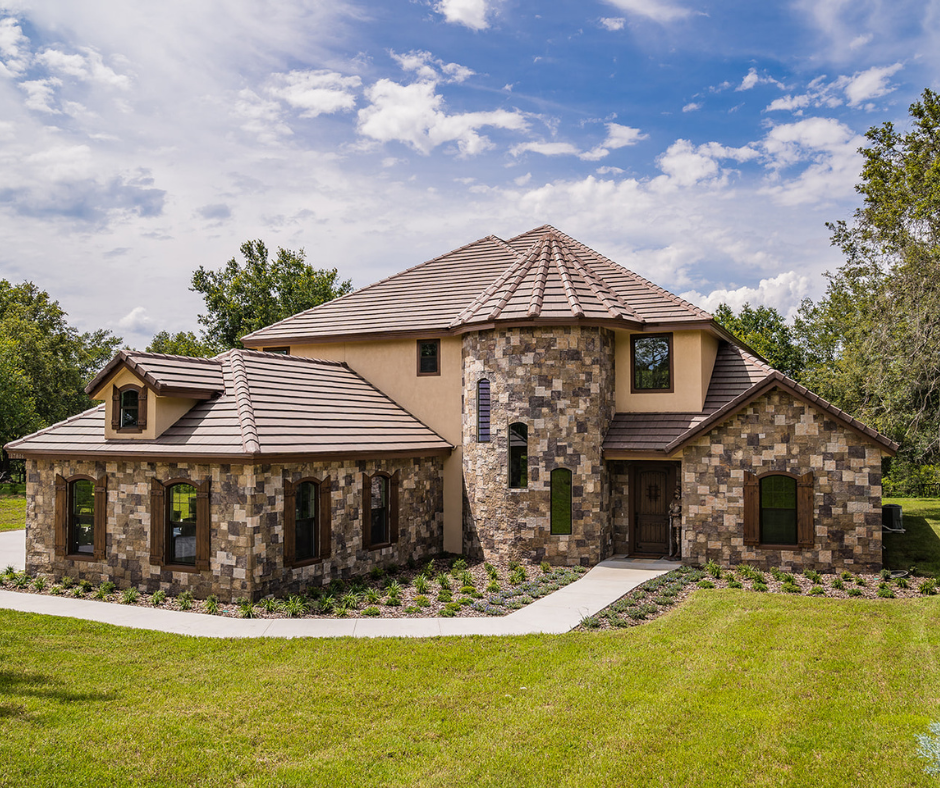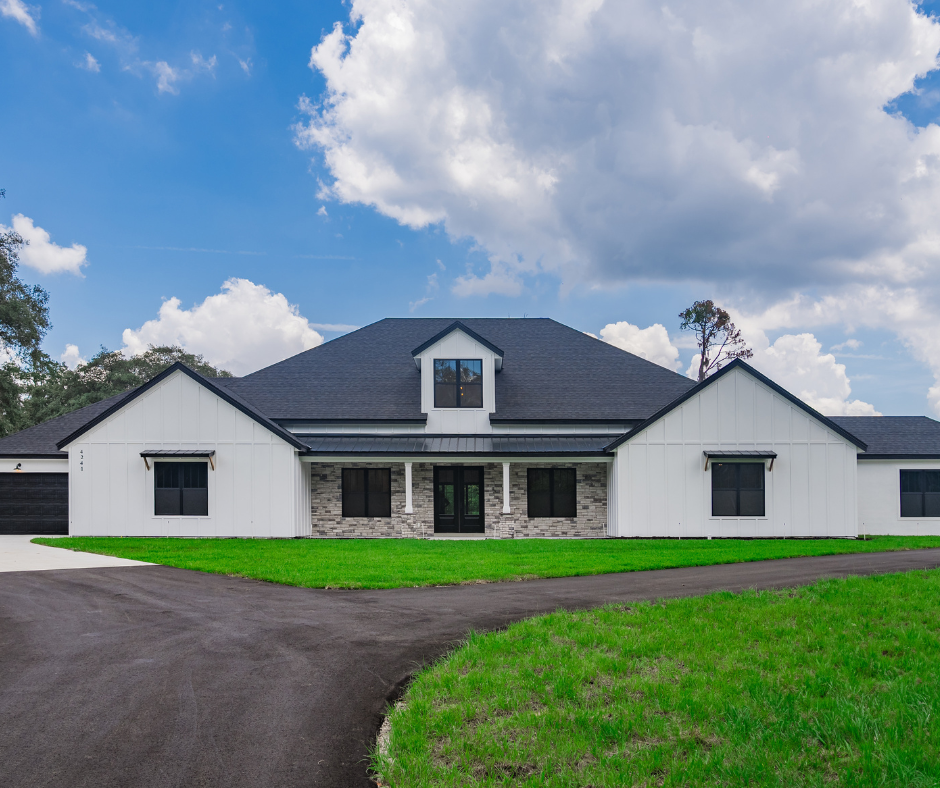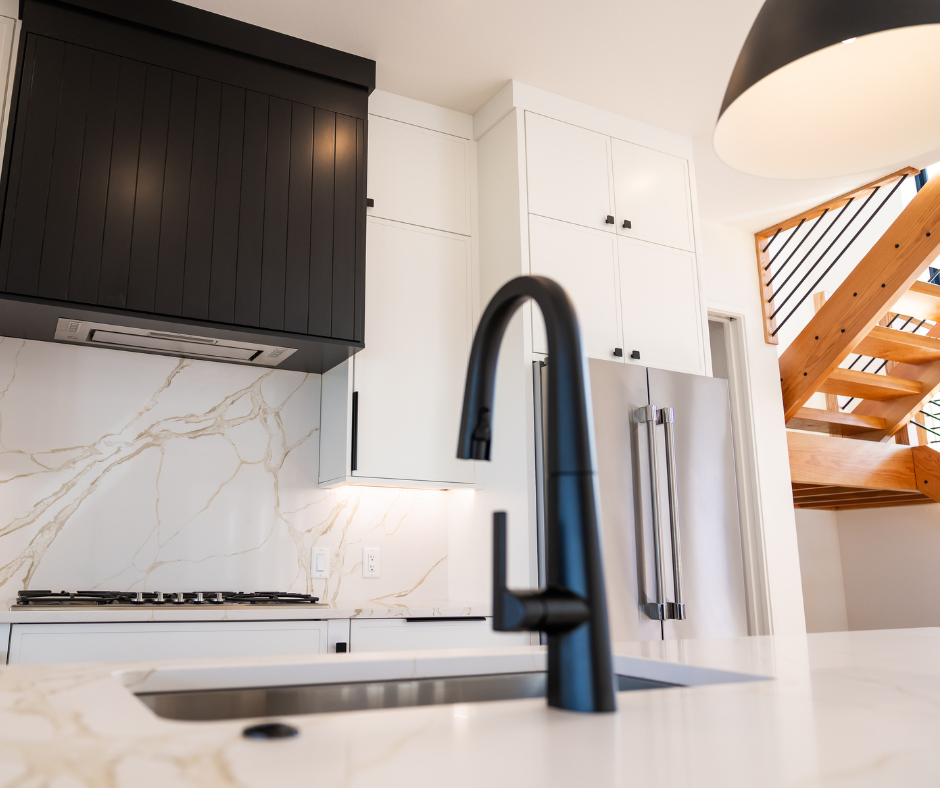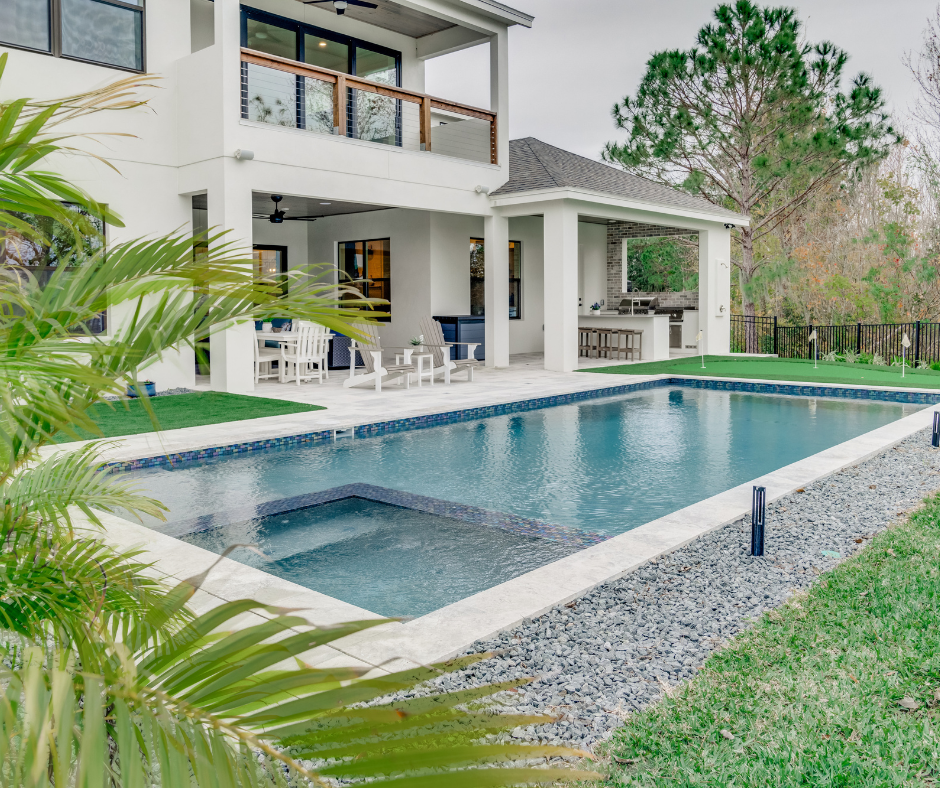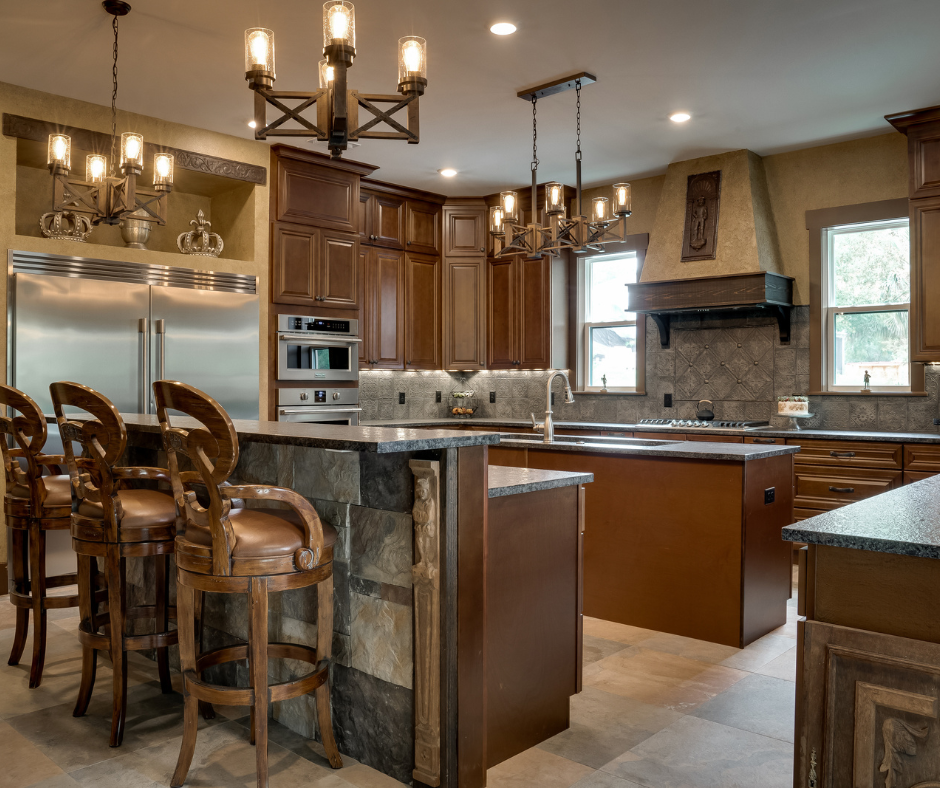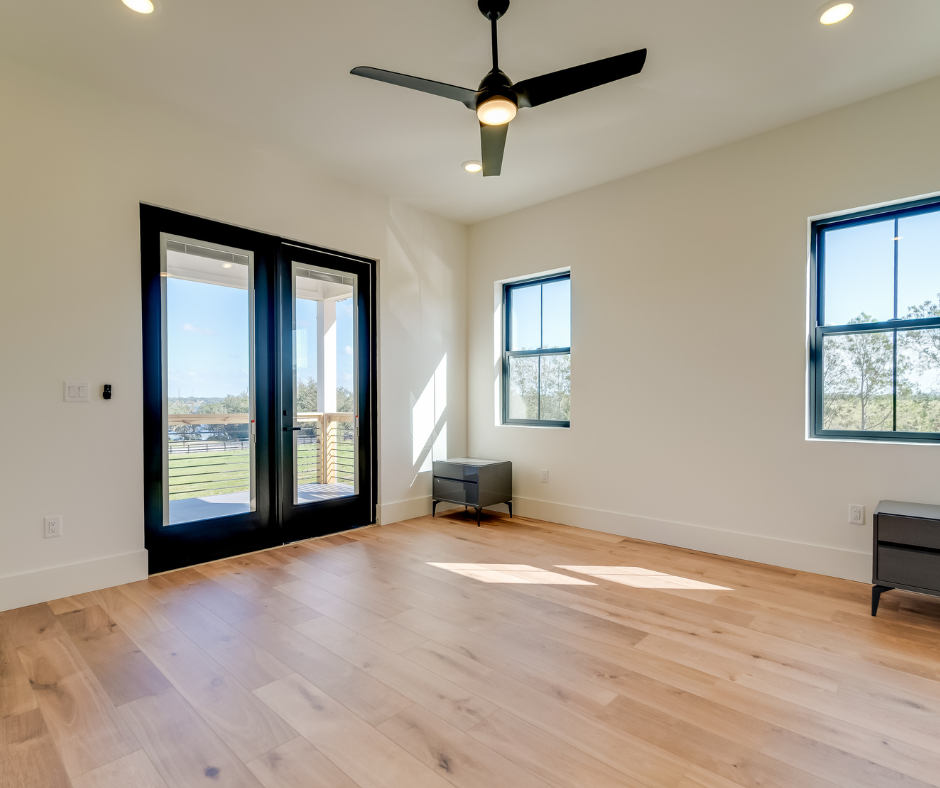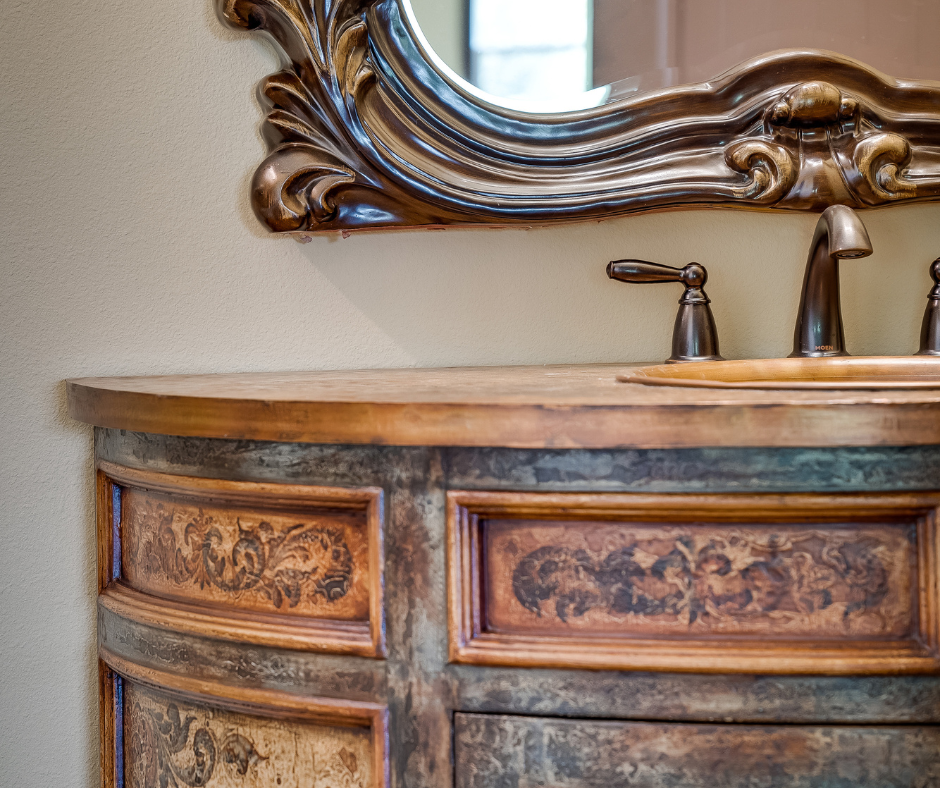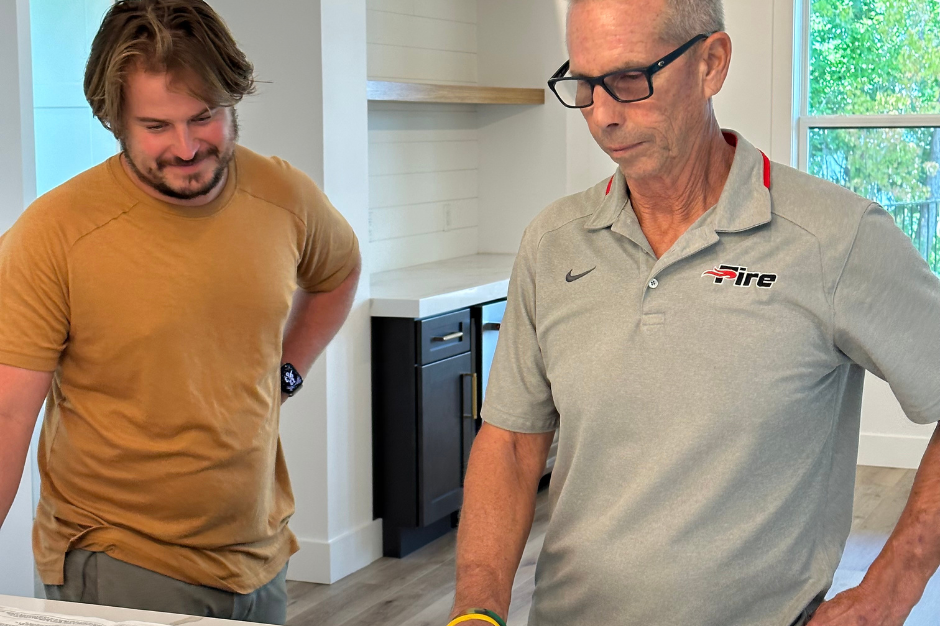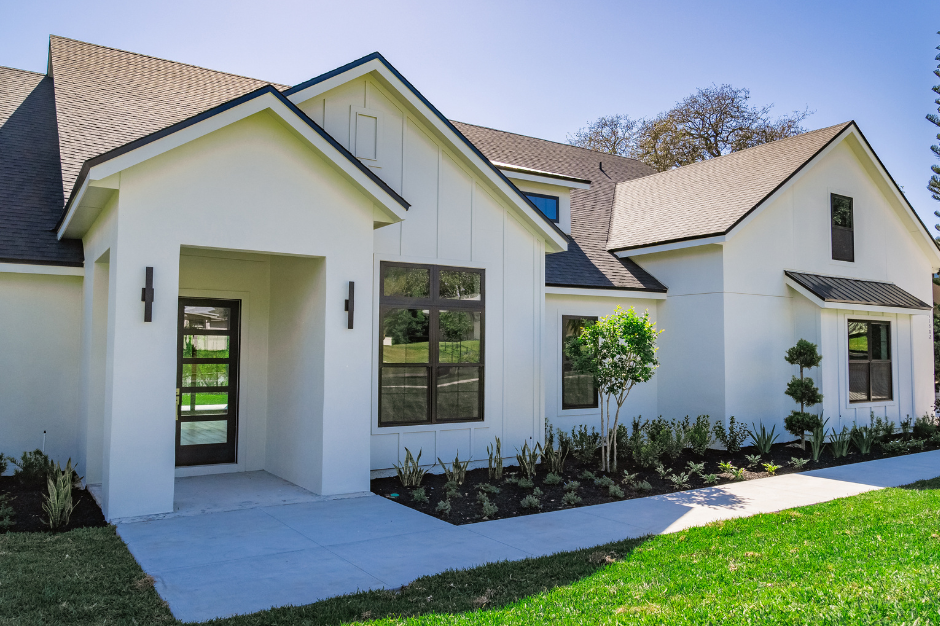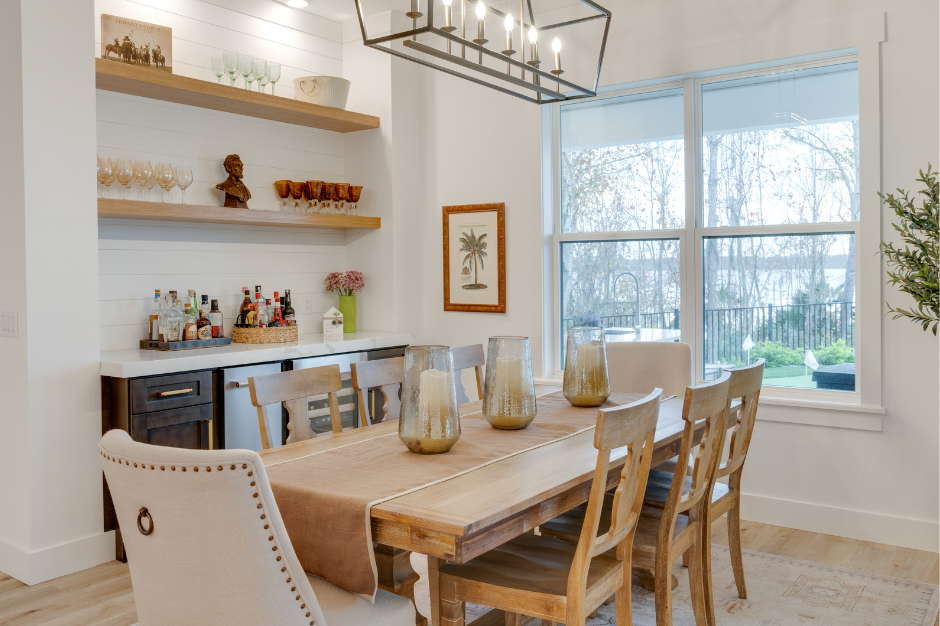Building a custom home is an exciting journey. You can bring your dream home to life, crafting spaces tailored to your needs, style, and family’s future.
But along this path, many people discover that building a custom home costs beyond the initial estimates. That’s not to say these costs are unfair or unnecessary; they’re simply details that can sometimes slip under the radar.
With over 26 years of experience building custom homes in Central Florida, we’ve seen the joys, the challenges, and, yes, the surprises.
Our hands-on approach helps our clients avoid these surprises whenever possible, and we believe that transparency is key. Here’s a breakdown of hidden costs you might encounter when building your custom home and how to prepare for them.
1. Permits and Fees
Building permits are necessary for any construction project, ensuring your home meets local codes and regulations. However, the costs associated with permits can vary greatly depending on your location, the size of your home, and even the complexity of your design. For example, in some Central Florida counties, permits for a custom home can range from $5,000 to $10,000 or more.
In addition to permits, there may be impact fees. Local governments charge these fees to support infrastructure like roads, schools, and utilities that serve new developments. These can easily add several thousand dollars to your budget.
How to Plan: When budgeting, ask your builder to include a detailed breakdown of expected permit and impact fees. Experienced builders often have relationships with local authorities and can provide accurate estimates upfront.
2. Site Preparation and Land Costs
Not all lots are ready for building right away. Depending on the condition of your land, you need to account for costs like clearing trees, leveling the ground, or addressing drainage issues. Central Florida, for instance, has areas with sandy soil or low-lying land that may require additional grading or fill dirt to prepare the site.
Then there’s the unexpected—like discovering that the lot you purchased needs to be surveyed again or that it contains old pipes or debris underground that need to be removed. These issues can add thousands of dollars and weeks to your timeline.
How to Plan: Work with your builder to assess the property’s readiness before purchasing land. They can identify potential challenges and help you factor those costs into your budget.
3. Utility Connections
While the cost of hooking up utilities is often overlooked, it’s a critical part of your budget. These expenses can add up whether it’s connecting to water, sewer, electricity, or gas. If you’re building in a more rural part of Central Florida, you might need a septic system or a well, which can cost upwards of $10,000 each.
Example: One of our clients was building their dream home on a large rural property. They hadn’t considered that the nearest electrical line was over a quarter-mile away. Extending those lines to their home added $8,000 to their total cost.
How to Plan: Discuss utility access with your builder early. They can work with utility companies to determine the costs of connecting services to your home.
4. Landscaping and Outdoor Features
When you’re focused on designing your dream kitchen or choosing flooring, it’s easy to forget about landscaping. However, creating curb appeal often requires more than planting a few trees. From sod and mulch to irrigation systems and outdoor lighting, these costs can range from $5,000 to $20,000 depending on your vision.
Those costs climb even higher if you add outdoor features like a pool, patio, or fencing. While these may not be essential, many homeowners find it hard to live without them—especially in Florida, where outdoor living is a big part of the lifestyle.
How to Plan: Incorporate landscaping into your budget from the beginning. If the full cost isn’t feasible immediately, prioritize foundational elements like irrigation and add aesthetic touches over time.
5. Design Upgrades and Customization
One of the best parts of building a custom home is the ability to personalize every detail. However, this freedom can also lead to unexpected costs if you’re not careful. Upgrades like high-end countertops, premium appliances, or intricate tile work can quickly push you over budget.
Example: A client once opted for custom cabinetry throughout their home. While beautiful, the choice added $30,000 more than they originally planned.
How to Plan: Work with your builder to identify which upgrades align with your priorities and budget. For example, if you’re passionate about having a gourmet kitchen, consider scaling back in areas like guest bathrooms or closets to balance costs.
6. Delays and Unexpected Changes
Even with the best planning, delays happen. Weather, supply chain issues, or unforeseen complications can extend timelines and increase costs. For example, a storm could delay foundation work or a particular tile might be back-ordered for weeks, requiring you to choose a more expensive alternative.
How to Plan: Build a contingency fund into your budget—typically 10-15% of the total cost. This cushion gives you peace of mind and prevents financial stress if something unexpected arises.
7. Furnishing and Decorating
After moving into your custom home, you’ll want to furnish and decorate it to match your new space. While not technically part of the building process, it’s a cost that catches many homeowners off guard. Buying furniture for larger rooms, window treatments for custom windows, or artwork to fill empty walls can add thousands to your expenses.
How to Plan: Set aside a separate budget for furnishing and decorating. If needed, prioritize key spaces like the living room and kitchen and gradually add pieces over time.
Wrapping It All Up
Building a custom home is one of the most rewarding investments, but going in with your eyes wide open is essential. By understanding the hidden costs of building and working with an experienced builder who values transparency, you can avoid surprises and keep your project on track.
Westmont takes pride in helping our clients navigate this process smoothly. We’re here to answer your questions, provide clear guidance, and ensure your dream home becomes a reality—with no unpleasant surprises.
Ready to get started? Let’s plan together!
407-948-9168


